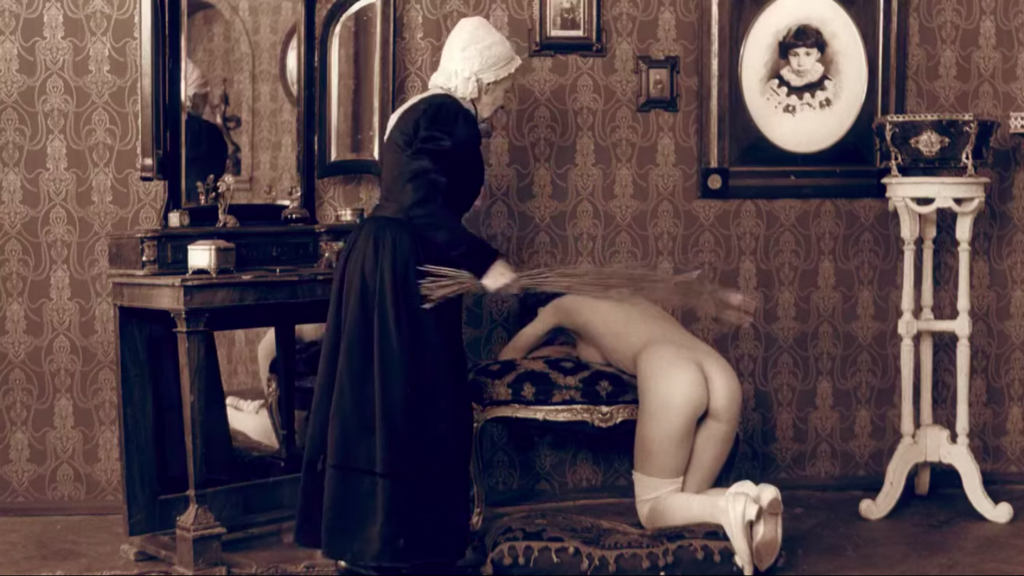
Russian filmmaker Aleksei Balabanov is best known for his crime film Brother (1997), however many of Balabanov’s early features draw on the traditions of surrealism as well as the Theatre of Cruelty. Balabanov’s Of Freaks & Men is a darkly comic, absurdist bit of Kafka-esque melodrama that is aesthetically reminiscent of Guy Maddin’s earliest works. Stylistically, Of Freaks & Men builds upon the stylization present in Balabanov’s films Happy Days (1991) and The Castle (1994) as opposed to the kineticism of the hit Brother.
Of Freaks & Men concerns Yohan (Sergei Makovetsky) and Victor (Viktor Sukhorukov); two pornographers working in the late Czarist period. These two men wrangle and scheme their way into two bourgeois households in order to pilfer and exploit those families and their wealth for their own gain. It is this insatiable greed and its accompanying lack of humanity that ultimately proves the undoing of the two petty crooks, but only after they have ruined the lives of everyone they have encountered.
Of Freaks & Men seems inspired by the works of Tod Browning in its inverted juxtapositions and morbid sense of justice. But Of Freaks & Men is more than a darkly twisted melodrama or homage to its medium in its earliest days. Of Freaks & Men examines how photographs, as both objects and records, connect individuals beyond the limitations of class and backgrounds. It is also a film that suggests that the cinematographic form is the encapsulation of memory and the act of remembrance; a mechanism by which memory is rendered tangible.
As all of the characters in Of Freaks & Men are introduced it is by way of the connecting narrative tissue of the pornographic photograph. The human sexual impulse is the singular motivation that drives the characters to the photographs, uniting them. But where the mediums of the photograph and cinematograph function as unifying aesthetic experiences, the individuals responsible for their manufacture do nothing but subjugate and commodify others.
The familiar Victorian narrative of separating an heiress from her inheritance is used as a launch pad from which Balabanov explores how pornography (or any visual system) can potentially systematically strip individuals of their autonomy and agency. The image of Dinara Drukarova’s naked body objectifies her in the abstract while the conditions of the recording of that image (in the context of the film) strips her character of her dignity, wealth, and free will. The ordeal of Kolia (Alyosha Dyo) and Tolia (Chingiz Tsydendamba) is equally disturbing but takes aim at carnivals and sideshows rather than pornography.
Balabanov executes his film in black and white, tinted with sepia tone, in order to approximate the look of still photography in the late nineteenth century. The production design uses period accurate locations and props, but the mise en scène is totally devoid of background players. Of Freaks & Men seems to play out in a dreamy vacuum like a Kafka adaptation helmed by Yevgeni Bauer. Balabanov renders the Russia of Nicholas II as a morbidly absurd urban environ that has fallen into disrepair out of the neglect of a people blinded by greed.
Of Freaks & Men is a kinky and cruel little morality play that evokes Eraserhead (1977) as much as it pays homage to Tod Browning. Balabanov’s disdain for the means of cinematic production is the centerpiece of the film and that loathing permeates every aspect of the picture. Despite the cold, harsh nature of the film, Of Freaks & Men is the late auteur’s unsong masterpiece and a reminder that Balabanov’s genius has gone too soon.
